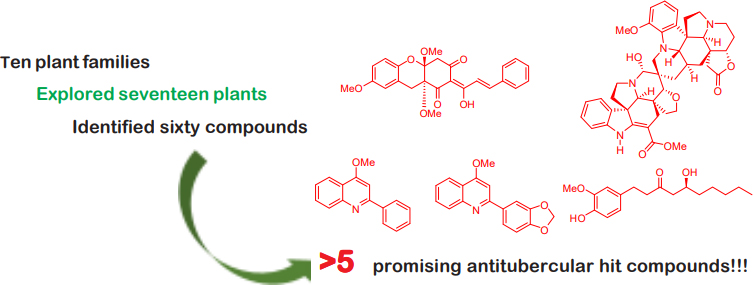
VOLUME 63 : 2015
VOLUME 63 : 2015
ACTA MANILANA publishes research and innovation in the different branches of the natural and applied sciences. It reports significant development in the discipline, and novel applications, unconfined by the traditional coverage of the disciplines.
Effects of the green alga, Bornetella oligospora (SolmsLaubach), metabolite fractions on the cleavage and freeswimming hatching stages of sea urchin embryos
Page 61–68
Kin Israel R. Notarte, Nadia P. Abesamis, Gary M. Wessel, & Frederick J. Vande Vusse
ARTICLE DOI: https://doi.org/10.53603/actamanil.63.2015.emsj9857

Graphical Abstract
Abstract
The ethanolic extract of the green alga Bornetella oligospora was sequentially fractionated with hexane, chloroform, ethyl acetate, and water, and concentrated in vacuo. Different concentrations of the fractions, ranging from 1 to 150 ppm, were prepared in 80% DMSO, and tested on sea urchin embryos at cleavage and free-swimming hatching. The chloroform concentrate at 150 ppm was the most potent in altering sea urchin embryonic development among fractions. The rate of cleavage in embryos exposed to this fraction was significantly inhibited. Moreover, anomalous morphological features were observed among treated embryos with less apoptosis during cleavage and no cell arrest during blastulation and the free-swimming larval stage. The motility of treated larvae was also slowed. All embryos exposed to 80% DMSO control remained unaffected. Preliminary phytochemical analysis detected the presence of terpenoids in the hexane, chloroform, and aqueous fractions. The ethyl acetate fraction tested positive for saponins. The chloroform fraction clearly altered embryonic development, which could be indicative of its potential chemotherapeutic activity since sea urchin embryos are used as a pre-screen model for determining potential anticancer property.
Keywords: bioactivity, embryotoxicity, marine natural products, secondary metabolites
FOLLOW US
-
Research Center for the Natural and Applied Sciences
Thomas Aquinas Research Complex Building
University of Santo Tomas España, 1015 Manila, Philippines -
TL: (+63 2) 3406-1611 local 4037
DL: (+63 2) 8731-4031 - actamanilana@ust.edu.ph

© 2021 University of Santo Tomas, Acta Manilana. All rights reserved
Powered by: Communications Bureau